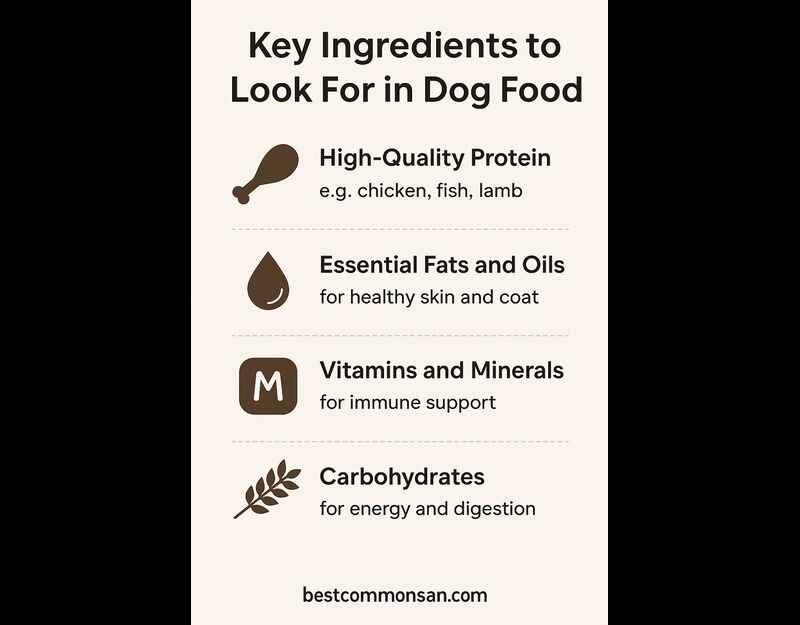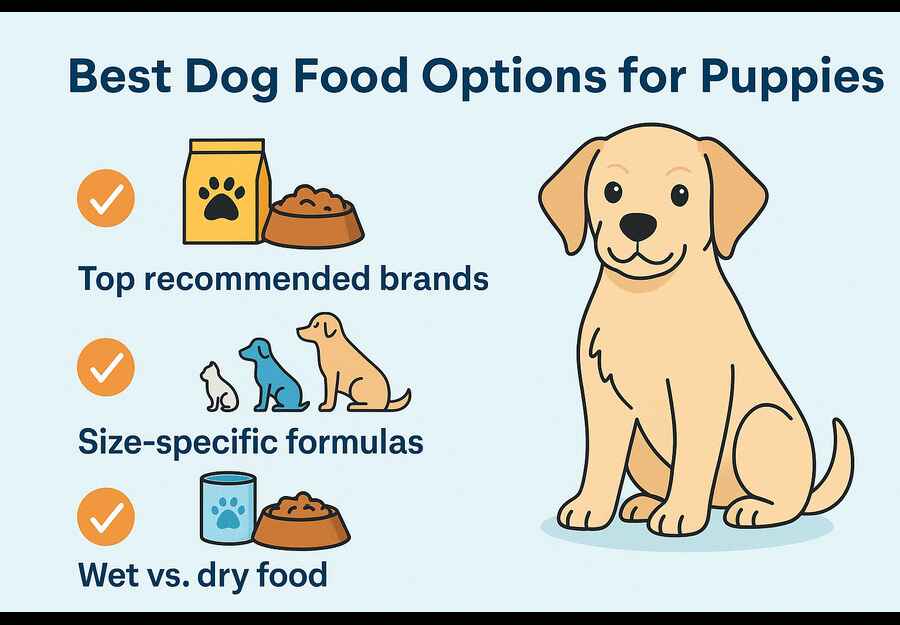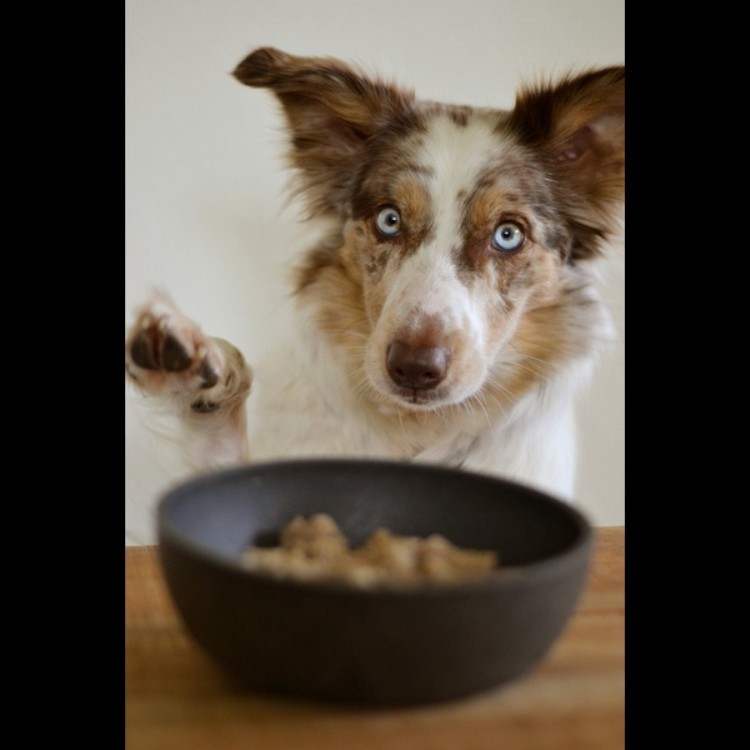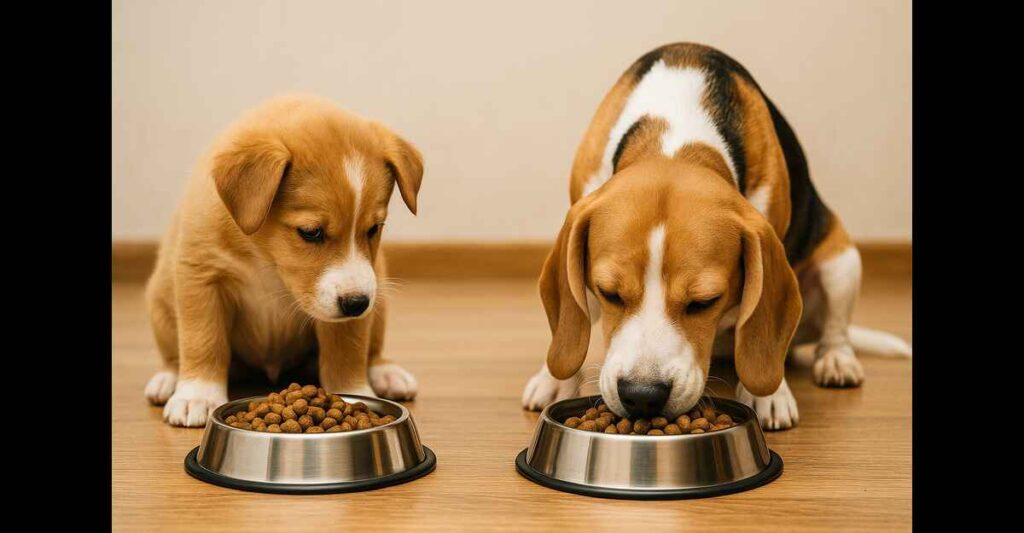Understanding Your Dog’s Nutritional Needs
When it comes to choosing the best dog food for puppies and adults,understanding what your dog truly needs is key.Puppies and adults don’t just differ in size,they require different nutrients for different reasons. Puppies are busy growing so they need more calories,more protein,and more fats. Their meals must support bone development,organ function, and brain growth. If you’re feeding puppy and adult dog food to a growing pup,make sure it’s labeled for all life stages to meet those specific needs.
Adult dogs on the other hand are done growing. Their bodies need support for energy muscle maintenance and organ health.If you’re feeding a puppy food for adult dog, you might be giving them too many calories which could lead to weight gain.That’s why formulas designed for their life stage matter. For example, Hill’s Ideal Balance Large Breed targets specific breed sizes and nutritional requirements.
Let’s be real—you wouldn’t give a toddler the same meal as a grown adult right? It’s the same for dogs. I learned this the hard way when I fed my senior dog leftover puppy food. He loved it,but I noticed weight gain and sluggish behavior.A quick switch back to adult food made a big difference.So always read the label and check for the right stage.The result? A healthier, happier pup or dog.
Key Ingredients to Look for in Dog Food
Don’t get distracted by fancy packaging or buzzwords. Focus on the ingredients.The best dog food for adults and puppies always starts with a high-quality protein source—like chicken,lamb, or fish—as the first ingredient.That’s how you support muscle growth and energy.
Fats aren’t bad either. Good dog food includes essential fatty acids from sources like fish oil and flaxseed.They help with shiny coats and skin health,especially for dogs with allergies. If you’ve been wondering what’s a good dog food for dogs with skin allergies, start by checking the fat and oil content. Dogs prone to itchiness need Omega-3s and Omega-6s for comfort.
And let’s not forget vitamins and minerals.These support everything from bones to immune systems.For active breeds or pups, you also need digestible carbohydrates—like sweet potatoes or brown rice for sustained energy.
After trying different foods for my pup with a sensitive stomach,I found that dry puppy food for sensitive stomachs with minimal fillers and natural ingredients worked best.No more tummy troubles. Just check the label—if it has too many words you can’t pronounce,it’s probably not the best choice.

Best Dog Food Options for Puppies
Let’s break it down—puppies need more than just calories.They need smart calories. Brands like Royal Canin,Blue Buffalo and Purina Pro Plan are great options. If you have a small breed, go for best dog food for puppies small breed formulas—they’re designed with tiny mouths and fast metabolisms in mind.
For big dogs? Choose best dog food for puppies large breed to manage growth carefully. Too much calcium can cause bone issues..Also if your pup has digestion issues, you’ll want to look for best dog food for puppies with diarrhea—these are usually rich in probiotics and easy-to-digest ingredients.
Some pups need help with sensitive skin.My Labrador puppy had dry patches until I found a best dog food for puppies with sensitive skin blend,Salmon-based food did wonders.
Dog Food Advisor shares expert reviews and nutritional comparison of dog foods you might consider
There’s always a debate: wet vs.dry? Dry food is better for teeth and convenience,while wet food is tastier.I mix both sometimes for balance.

Best Dog Food Options for Adult Dogs
Adult dogs,like humans need consistent nutrition that matches their lifestyle.An active dog that runs with you every morning needs more protein and energy-dense food. A couch-loving buddy needs fewer calories.If your dog has food issues, like itching or digestive problems, you may be looking for what is the best dry dog food for dogs with skin allergies.Go for grain-free or limited ingredient options with novel proteins like duck or venison.
Some dogs just can’t handle grains or corn. If you’re asking what is the best dry food for dogs with allergies,brands like Natural Balance and Canidae offer clean options.For others, grain-inclusive formulas with brown rice are perfectly fine.
I once rescued a dog who kept scratching and biting her paws.Switching to a lamb-based limited ingredient diet changed her life.Don’t ignore symptoms like vomiting, itching, or diarrhea—they’re signs to switch things up.
For those wondering which is the best dog food for dogs,start by reading reviews, checking ingredients,and matching your dog’s lifestyle and sensitivities.
How to Transition Your Dog to a New Food
Changing your dog’s food? Don’t do it all at once.That’s a fast ticket to upset tummies and messy cleanups.Here’s how I do it:
- Day 1-2: 75% old food, 25% new food
- Day 3-4: 50% old, 50% new
- Day 5-6: 25% old, 75% new
- Day 7: 100% new food
Look out for signs that it’s going well—normal poop,good energy,healthy appetite.If you see vomiting,diarrhea or your dog refuses to eat slow down the transition.
Once I rushed the switch with my beagle and regretted it. She got bloated and wouldn’t eat.I had to start over. Lesson learned: slow and steady works best when introducing a new puppy and adult dog food.
.
Common Mistakes to Avoid When Choosing Dog Food
It’s easy to get overwhelmed when choosing the best dog food for puppies and adult dogs especially with so many options on the shelves.But here’s the truth: many pet owners make avoidable mistakes that can affect their dog’s health long term.
Mistake #1:Ignoring Life Stage Needs
One major slip-up is feeding the same food to all dogs regardless of age.Feeding a puppy food for adult dog can lead to obesity,while giving adult dog food to a growing puppy might not meet their nutritional demands.Always check the bag-look for labels like puppy, adult, or all life stages.
Mistake #2:Going for Price Over Quality
Cheap doesn’t always mean bad, but when it comes to dog food,you often get what you pay for. Instead of looking for the lowest price,focus on the ingredient list.You want real meat,not by-products. My first rescue dog developed skin issues because i picked a budget brand loaded with corn and artificial flavors.A switch to a premium best dog food for adults and puppies fixed it within weeks.
Mistake #3:Not Considering Allergies or Sensitivities
If your dog is scratching a lot or has runny stools,it might not be the weather it could be their food. Look for what is the best dry dog food for dogs with skin allergies or those made for sensitive stomachs.Many pups benefit from limited ingredient diets with no corn,wheat or soy.
Mistake #4:Trusting Trends Over Facts
Don’t fall for every fad-grain-free isn’t necessary for all dogs.Choose based on your pet’s health,not marketing claims.If your vet hasn’t recommended grain-free,your dog might be fine with whole grains like oatmeal or barley.
A little label reading and some trial and error can go a long way.Don’t settle.Your dog depends on you for their health-and you want those tail wags and happy barks to last for years to come.

Conclusion
Feeding your dog isn’t just about keeping their belly full-it’s about giving them a solid foundation for a long healthy life.Whether you’re searching for the best dog food for puppies small breed or trying to find the right formula for a senior with allergies,every choice matters.
Different life stages,breed sizes and health issues require different formulas.A growing pup needs more nutrients to support bones,muscles,and brain development,while adults need maintenance-focused food that supports their lifestyle-whether active or sedentary.That’s why blending options like puppy and adult dog food or going for a specialized brand like Hill’s Ideal Balance Large Breed can help simplify feeding multiple dogs at once.
Through my own experience raising three dogs with different needs,I learned that reading labels,testing options,and watching how your dog reacts is the best way to find what works. I’ve tried everything from best dog food for puppies with sensitive skin to dry puppy food for sensitive stomachs and each time it was about matching the food with the individual dog not just the trend.
So don’t guess.Observe,test and adjust.Your dog will thank you with energy,a shiny coat and a happy tail wag every time they eat.
For complete feeding schedules and portion sizes,read our guide on how to feed a puppy properly
FAQs
What’s best dry food for a dog with allergies?
From my experience go with something simple and clean-like limited ingredient dry food made with duck or salmon.Skip anything with corn,soy,or weird additives.The fewer the ingredients easier it is to figure out what’s bothering your dog.
2. Can my adult dog eat puppy food?
Technically, yes-but I wouldn’t recommend it for the long run.Puppy food has extra calories and nutrients for growing pups.Feeding it to an adult could cause weight gain or even throw off their nutrition.I learned that the hard way with my beagle!
3. What kind of dog food helps with skin allergies?
If your dog always scratching or has dry flaky skin, try a diet with salmon or lamb. These are rich in healthy fats that really help with itchiness and skin healing.I switched my dog to one of these and it made a noticeable difference in just a few weeks.
4. Is grain-free food really better?
Not always Grain-free works if your dog has a specific allergy but otherwise whole grains like brown rice or oatmeal can actually be good for them.It really depends on the dog.Mine does fine with grains but i know others that don’t.
5. How do I know if my dog’s food is right for them?
Watch your dog closely.Are he active,happy,with shiny fur and solid poops? Great. If they seem tired, itchy or their stool looks off something might be wrong.You don’t need to guess—just make small changes and check with your vet if needed. I’ve had to try a few different foods before finding the right one for each of my dogs.
